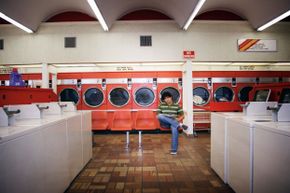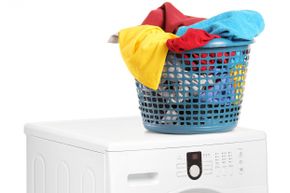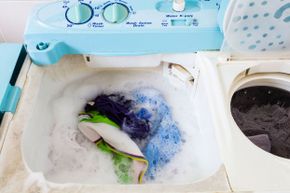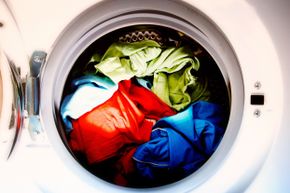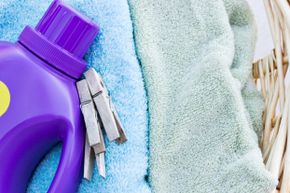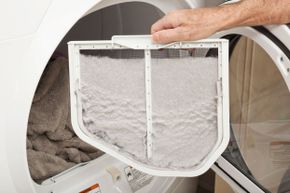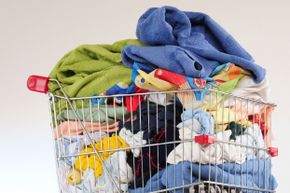Answer me this: How many pounds of clothing does the average American wear in the course of one week? If you answered about 16 pounds (7.3 kilograms), you're spot on [source: Borreli]. The American Cleaning Institute estimates that equals about five or six loads of laundry each week for a family of four, assuming people are wearing their jeans and pajamas and using their bath towels three or four times before they wash them [source: Borreli].
About 16 percent) of American homes don't have a washing machine; 19 percent don't have a dryer [source: HUD]. And because of dryers that won't dry, washing machines that won't spin, oversized blankets sized too big for home dryers to handle, and on occasion simply out of convenience alone, any one of us may need to take a trip to the laundromat from time to time. And while you may never get excited about laundromat day, it does beat doing things the old-fashioned way with a bit of water and a washboard (or a rock), right? You can make it even a little more palatable by knowing the unwritten rules of the load.
Advertisement
